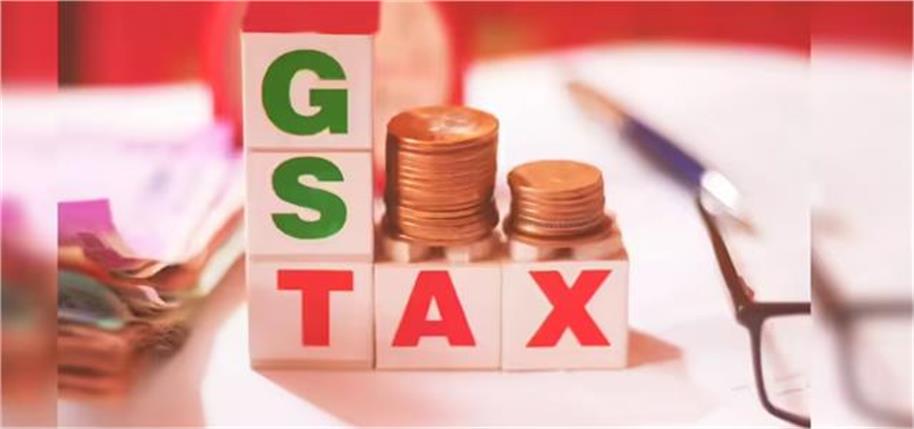New Delhi 22 Aug 2025 : The central government has taken a major step towards making the Goods and Services Tax (GST), implemented across the country, simpler and more transparent. In an important meeting held on Thursday, the Group of Ministers (GoM) on GST rate rationalisation accepted the Centre’s proposal to remove two tax slabs — 12% and 28%.
The meeting was chaired by Bihar Deputy Chief Minister Samrat Choudhary. He stated that the government now plans to move ahead with only three rates: 5%, 18%, and a special 40% rate for certain goods.
According to sources, the government has prepared a proposal to replace the current four-slab structure — 5%, 12%, 18%, and 28% — with a new two-tier system. Under this plan, 5% and 18% will be the two main tax rates. Nearly 99% of the items currently taxed at 12% will be shifted to the 5% slab, while around 90% of the products and services under the 28% slab will be moved to the 18% category.
However, certain specific items such as pan masala, tobacco, and online gaming, which the government classifies as demerit goods, will be taxed at a special 40% slab.
Who was behind this decision?
The meeting was chaired by Bihar Deputy CM Samrat Choudhary. The 6-member group also included ministers from Uttar Pradesh, Rajasthan, Karnataka, West Bengal, and Kerala.
What did Finance Minister Nirmala Sitharaman say?
The Finance Minister stated that this restructuring would bring major relief to the general public, farmers, the middle class, and MSMEs. She added that the new structure would be simple, transparent, and growth-oriented.
How will it affect things?
- 99% of goods in the 12% slab will now move to the 5% category.
- Around 90% of items/services in the 28% slab will now be under 18%.
The government believes this will make the GST system much simpler and improve tax compliance.
Possible relief on insurance
The meeting also discussed the Centre’s proposal to completely exempt health and life insurance from GST. Most states agreed, but stressed that the benefit must directly reach policyholders. This exemption could result in an annual revenue loss of about ₹9,700 crore for the government.
This proposal will now be placed before the next GST Council meeting for final approval. If passed, it will be considered the biggest reform in the country’s tax structure so far.
Would you like me to also make a bullet-point summary in simple English so it’s easier to understand the key changes quickly?
Summary:
In a major GST rationalisation move, the GoM approved the Centre’s proposal to abolish 12% and 28% tax slabs, simplifying India’s indirect taxation structure.


